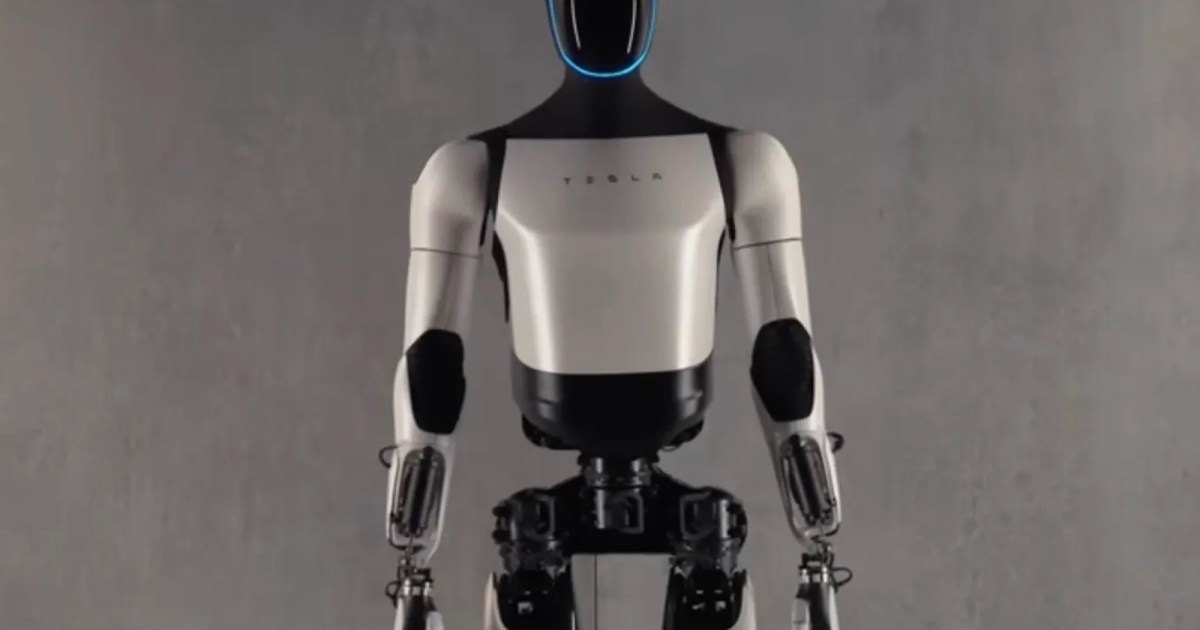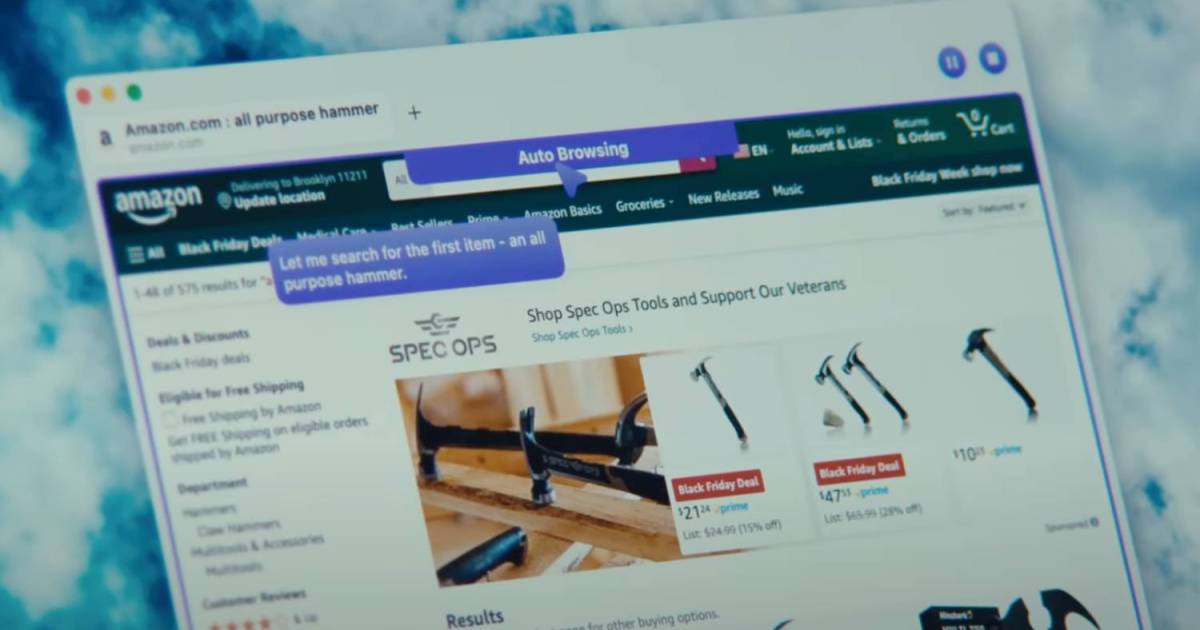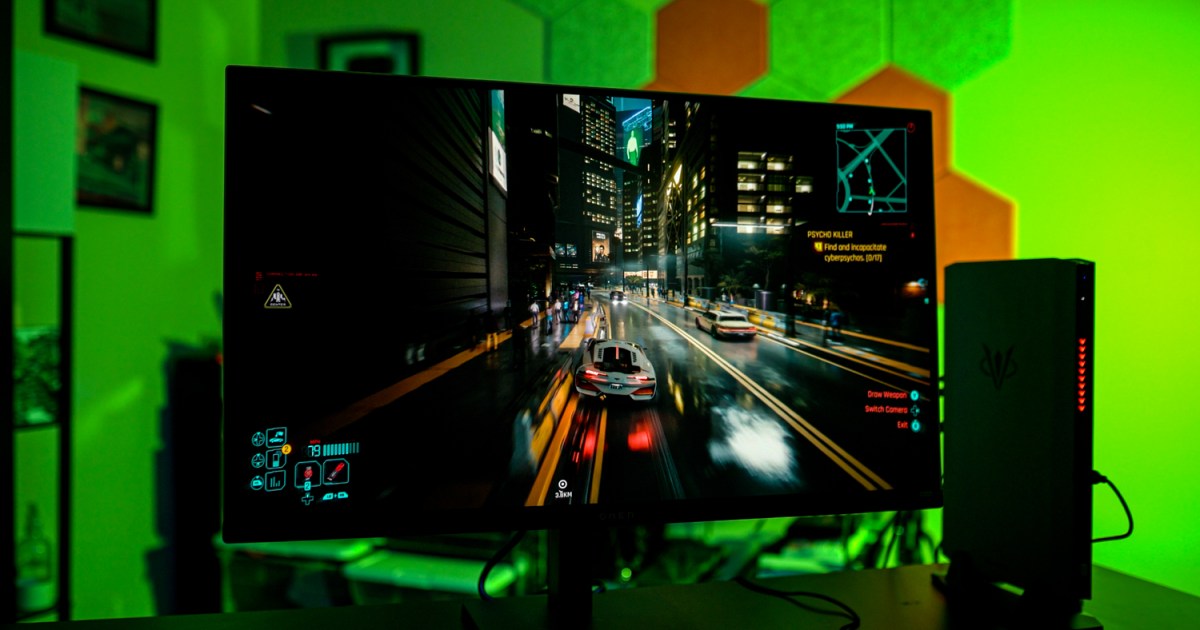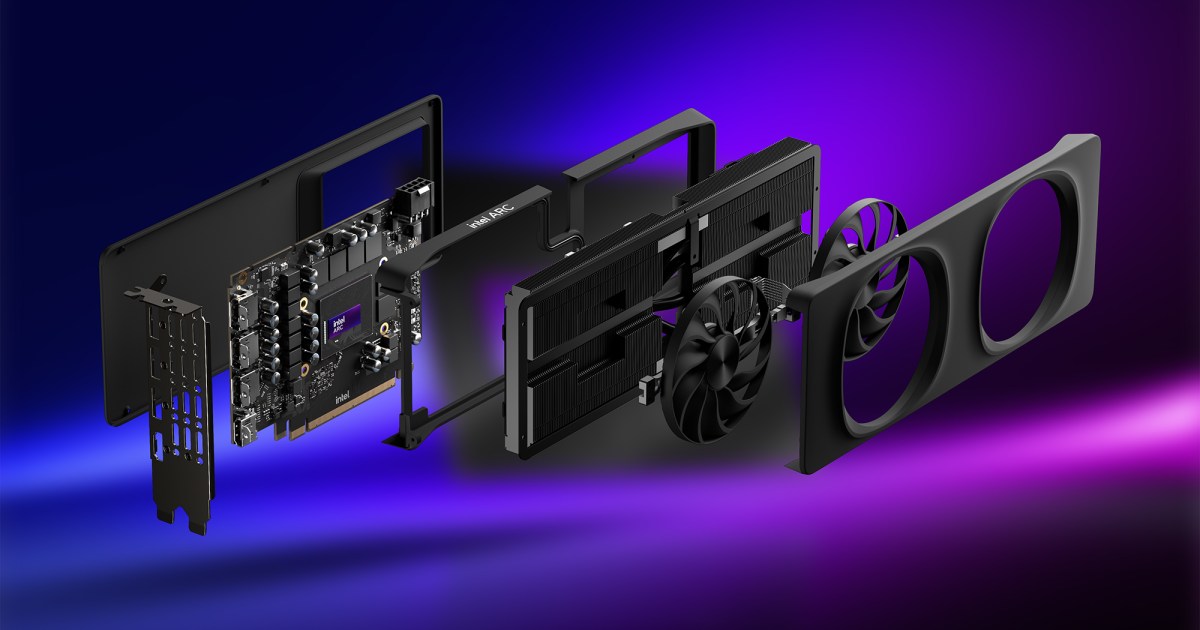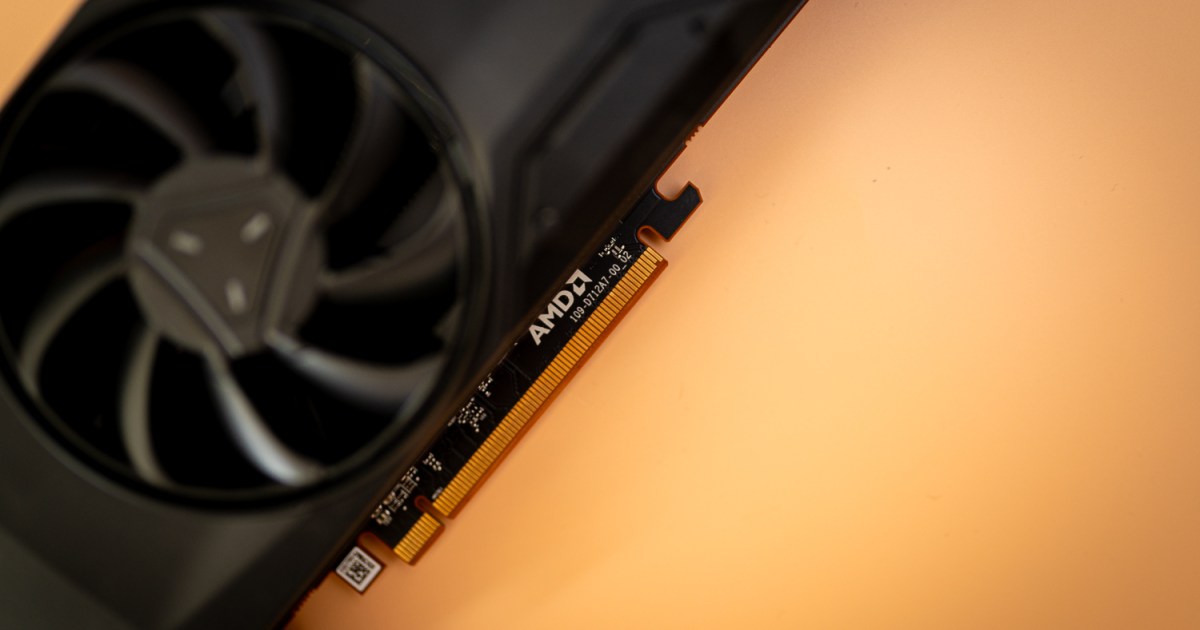The potential for significant price increases on a wide range of consumer goods looms as the incoming Trump administration considers imposing tariffs on imports. While the holiday shopping season is in full swing, consumers may want to consider making planned purchases sooner rather than later. President-elect Trump has proposed tariffs of 25% on imports from Mexico and Canada, and an additional 10% on Chinese imports. Even more drastic measures, including a 10% tariff on all imports and a further 60% on Chinese goods, were also discussed during his campaign.
Uncertainty Surrounding Tariff Implementation
The exact nature and scope of these tariffs remain uncertain. While some suggest retailers might be leveraging the threat of tariffs to bolster year-end sales, many analysts and economists predict tariffs are inevitable. Based on Trump’s statements, certain consumer goods are particularly vulnerable to price hikes.
Automotive Sector Braces for Impact
The automotive industry is likely to be significantly affected. The “Big Three” automakers—GM, Ford, and Stellantis—heavily rely on manufacturing plants in Mexico and Canada for vehicles sold in the U.S. Data indicates that approximately 15% of new vehicles sold in the U.S. last year were imported from Mexico, and 8% from Canada. Furthermore, Mexico’s economic minister has stated that 88% of U.S. pickup trucks from the Big Three are imported from Mexico. He estimates the tariffs could increase the average price of a pickup truck by $3,000. Wells Fargo analysts offer a more dramatic prediction, suggesting prices for vehicles entirely produced in Canada and Mexico could rise by $8,000 to $10,000. Even U.S.-assembled cars could see price increases averaging $2,100 due to tariffs on imported parts.
Electric Vehicles Face Double Threat
Electric vehicles (EVs) face a double blow. In addition to potential tariff-related price increases, the expiration of the Biden administration’s $7,500 federal tax incentive could further inflate EV prices, potentially by 20% or more.
Beyond Automobiles: Electronics and Appliances
The impact of tariffs extends beyond the automotive sector. The National Retail Federation (NRF) forecasts substantial price increases on various consumer goods, including laptops, tablets, major household appliances, video game consoles, smartphones, and e-bikes. Based on Trump’s campaign proposals, the NRF projects a 19.4% price increase for the average household appliance.
The Consumer Technology Association predicts even steeper increases for laptops and tablets, estimating a minimum 45% price surge. Video game consoles could see price hikes of nearly 40%, while smartphone prices are projected to rise by at least 26%.
Conclusion: Potential for Widespread Price Hikes
The proposed tariffs have the potential to significantly impact consumer prices across a range of products, from cars and electronics to household appliances. While the exact extent of these increases remains uncertain, consumers considering purchases in these categories may want to act sooner rather than later. Staying informed about the evolving tariff situation will be crucial for making informed purchasing decisions.




